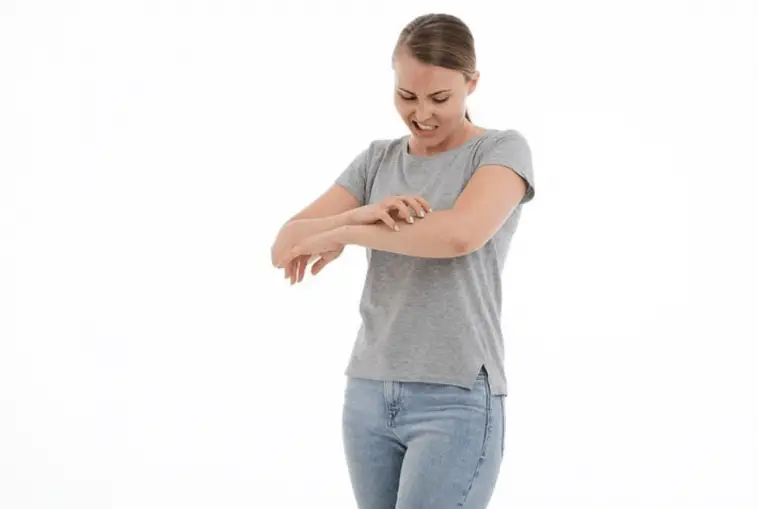Bed bugs are parasitic insects that feed on the blood of people and animals as they sleep. According to the Environmental Protection Agency, they are considered to be a public health pest. They may not be vectors of diseases, but they can affect a person’s mental and physical health.
Negative Health Effects
Bed bugs can cause the following adverse effects:
Hypersensitivity reaction to bite sites – Effects can vary. Some people will only suffer from small bite marks. However, others can have severe reactions such as anaphylaxis, which can result in hospitalization or death.
Secondary infections – Bed bugs can also cause secondary infections. When these insects bite, the break on the skin can cause individuals to suffer from skin infections like lymphangitis, particularly those with poor immune system response. In some individuals, bites can cause excessive scratching that can lead to infections as well.
Mental health issues – When a home is infested with bed bugs, homeowners may find it hard sleeping as a result of anxiety. This can lead to insomnia and other systemic reactions.
Signs of Bed Bug Infestation
Since bed bugs can cause various health risks, homeowners must make sure that their homes are not infested with these pests. Unfortunately, bed bugs can be difficult to detect, primarily since most are not aware of what a bed bug looks like. In addition, these pests are nocturnal in nature, so finding them in broad daylight is close to impossible. It also doesn’t help that a bed bug bite can look highly similar to a mosquito bite.
One of the best ways to know whether you have bed bugs in your home is to look at the right places. Make sure to check headboards, side tables, wall and ceiling junctions, loose wallpaper, and any crevice where a person sleeps. Adult bed bugs can be visible to the naked eye and are often about the size of an apple seed. They don’t have wings, and appear reddish-brown. You would notice that they are flat but can look inflated when feeding and may appear bright red because of the blood.
How to Get Rid of Bed Bugs
According to Fox Pest Control, the best way to get rid of bed bugs are as follows:
- All linens, beddings, curtains, and clothing must be soaked in hot water. When drying, set the dryer setting to the highest, and allow it to run for at least 30 minutes.
- Before vacuuming your mattress, it would be best to brush it first with a stiff brush to remove bed bugs and their eggs.
- Do regular vacuuming of your bed.
- Vacuum surrounding areas as well. Make sure to throw the vacuum cleaner bag and throw it off outdoors.
- Use a mattress protector with a woven cover to keep the bed bugs from entering and exiting. Keep the cover for at least a year to make sure the bed bugs are dead. (Remember they can live up to a year without feeding)
- Make sure to repair all cracks in your plaster. If you have peeling wallpaper, glue them so bed bugs will have no place to hide.
- Remove all clutter in the bed and around the house.
- For a heavily infested mattress, replacing it with a new one would be best. However, only do so when you are sure that no bed bugs will infest the new mattress.
Homes with significant bed bug infestation would usually require the use of chemicals. However, your choice of insecticides must be compatible for bedroom use. If you are unsure, it would be best to hire an experienced pest control to get rid of bed bugs.


